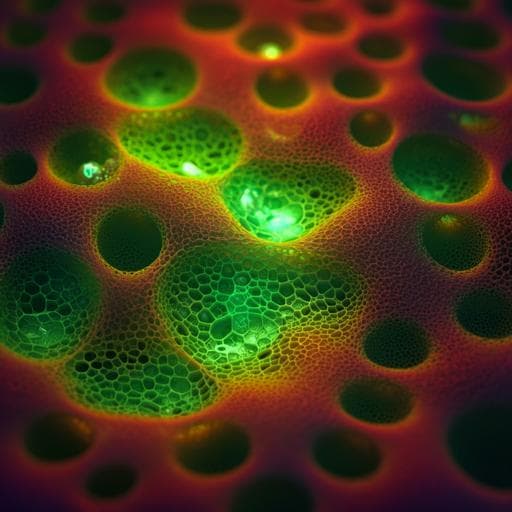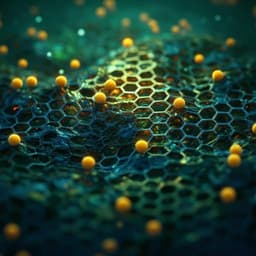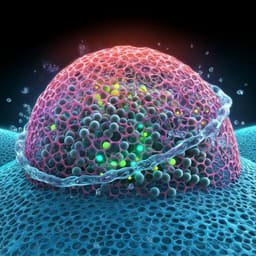
Chemistry
Regenerable and stable sp² carbon-conjugated covalent organic frameworks for selective detection and extraction of uranium
W. Cui, C. Zhang, et al.
Discover the groundbreaking work of an innovative sp² carbon-conjugated fluorescent covalent organic framework (COF) developed by authors from Nanchang University and the University of Waterloo. This COF, known as TFPT-BTAN-AO, showcases remarkable stability and an amazing capacity to adsorb UO₂²⁺, making it a game-changer for real-time monitoring and extraction of radionuclides.
~3 min • Beginner • English
Related Publications
Explore these studies to deepen your understanding of the subject.







